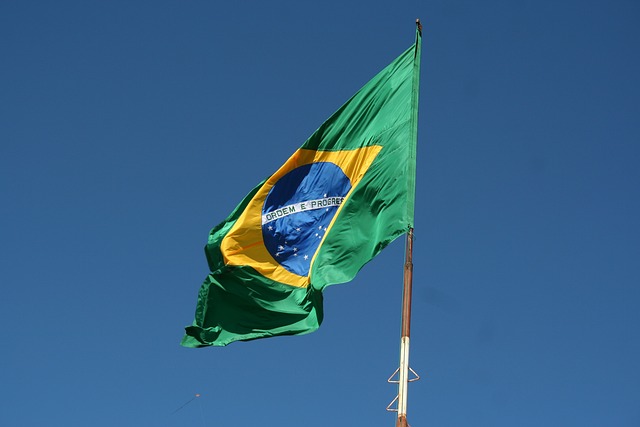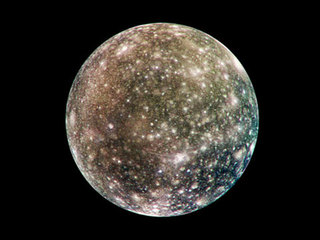*This post may contain affiliate links. This means we may make a commission if you purchase an item using one of our links*
Brazil is the biggest south American country on Earth where it has a surface area of 8.5 million sq. kilometers and a volume of 340 million cubic kilometers while Callisto is a spherical entity with a surface area of 73 million sq. kilometers and a volume of 59 billion cubic kilometers. As a result it only makes sense that Callisto would be the bigger of the two as it is a spherical object whereas Brazil is a mostly flat land mass.
For a more thorough look at how big each body is, continue reading as it will be covered in more detail below.
How Big Is Brazil?

Brazil, officially known as the Federative Republic of Brazil, is a country situated in South America. However, it makes up around half of the continent’s total landmass. It is the fifth largest country in the world, only beaten by the United States, Russia, Canada, and China.
Brazil stretches for roughly 4,350 kilometers from north to south and around 4,395 kilometers from east to west, giving its circumference a total landmass of around 8.5 million square kilometers. Within this landmass of Brazil, there are approximately 216 million people, which makes it the 6th most populated country in the world.
Brazil is so large that it covers 7,400 kilometers of the Atlantic coastline, sharing over 15,000 kilometers of inland borders with just about every South American country besides Ecuador and Chile. They border Uruguay to their South, Bolivia, Paraguay, and Argentina to their South West.
Peru lies to the West of Brazil, while Venezuela, Suriname, Guyana, and French Guiana lie to its immediate north. The total shape of Brazil forms an enormous irregular triangle that includes a huge amount of the Amazon rainforest, subtropical landscapes, savanna, wetlands, and mountainous regions.
If we are to assume that the average thickness of the land on Brazil is roughly 40km, this would lead to Brazil’s overall cubic volume reaching a relatively high number of 340 million cubic kilometers.
How Big Is Callisto?

Callisto is a moon of Jupiter and the third largest moon in the Solar System, which was discovered in January 1610 by Galileo Galilei.
The diameter of Callisto is 4,820.6km, while its surface area is 73,000,000 sq. km, a far greater expanse than that of the African continent. Still, like our seventh largest country, the terrain of Callisto varies, and it is the most heavily cratered object in our solar system.
Calisto’s volume is an impressive 59,000,000,000 cubic km, giving it a similar size to the planet Mercury (60.8 billion cubic km). Callisto is classified as a moon and not a planet because it orbits Jupiter rather than the Sun. Still, it is one of the largest moons in the solar system and covers an impressive expanse.
This mega moon is 99% as big as Mercury, but it only possesses a third of its weight because of the moon’s mixed composition.
Callisto’s average density is 1.83 cubic cm, which suggests that it is made of roughly equal parts of water ice and rocky material, plus additional volatile ices (like ammonia). Scientific research into the moon suggests that 49-55% of its total constitution is ice. The remaining rock is likely composed of silicates, chondrites, and iron oxide.
Still, the water ice only accounts for between 25 and 50% of the planet’s overall mass.
The surface of Callisto is heavily cratered and has a dark appearance. Scientists believe that the bright patches consist mainly of ice, while the darker patches show areas where the ice has eroded. The most distinctive crater is Valhalla, with its bright central region.
In the past, many scientists thought this huge “hunk of rock and ice” was “boring” because it had no shifting tectonic plates and no volcanic activity. At first appearances, it seemed to be a dead world.
Still, more recent research by NASA scientists concludes that Callisto could house a salty ocean interacting with rocks that are more than 250 km below the surface. Combine this with detections of oxygen in the exosphere, and today Callisto is included in the list of places where life could exist beyond Earth.
Callisto is 180 times farther from Earth than our moon, but its large amount of surface ice makes it shine brighter than our moon. Earth’s moon reflects only 0.12% of the Sun’s light, whereas Callisto reflects up to 20%.
Summary
Brazil is no where near the size of Callisto as it is a flat land mass while Callisto is a spherical body.
As a result Callisto is roughly 8.5 times its surface area and roughly 170 times Brazil’s volume, in turn making it many times larger, despite Brazil the fact Brazil is amongst the largest countries on Earth.

